Hello, I’m thrilled to share the exciting news of the successful launch of Portugal Modern Architecture last week. Your warm wishes have been incredibly motivating—thank you! The website has already attracted 400 visitors from around the globe, and I’m honored that esteemed architects like Álvaro Siza Vieira and Falcão de Campos are planning to contribute high-quality images to enrich our webpage.
As we delve deeper into the modern architectural landscape, it’s essential to recognize how these structures reflect the cultural and historical narratives of their environments. The University of Aveiro is not just an educational institution; it’s a canvas showcasing the evolution of architectural thought in Portugal. This blog post will take you on a journey through its most iconic buildings, examining the stories, materials, and people behind them.
The site is strategically located near the Aveiro lagoon, enhancing the relationship between architecture and nature. This proximity influences the choice of materials and design elements, creating an immersive experience for students and visitors alike. Many consider this union of architecture and environment as a hallmark of contemporary design.
Today, I invite you to explore another remarkable architectural ensemble: the University of Aveiro. Much like Bom Sucesso, this campus showcases the collaborative brilliance of Portugal’s top architects and epitomizes Modern Architecture, resulting in a beautiful and functional space nestled near the water in northern Portugal.
The University of Aveiro campus is also home to various art installations and sculptures that complement its architectural beauty. These artworks, created by local and international artists, invite visitors to engage with the space in innovative ways, fostering a sense of community and creativity.
A Collaborative Architectural Masterpiece
The University of Aveiro’s campus is a testament to the synergy of renowned architects, including familiar names from Bom Sucesso:
Alcino Soutinho, Álvaro Siza Vieira, Gonçalo Byrne, Manuel Aires Mateus, and Carrilho da Graça
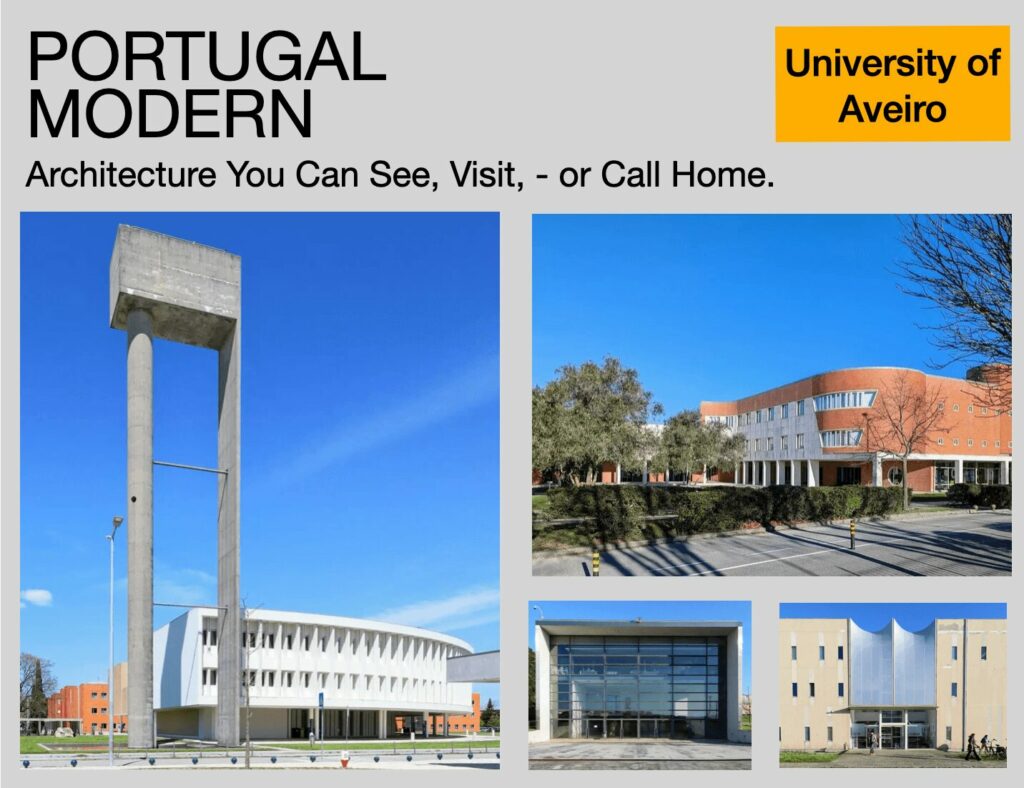
Furthermore, the University Library is not only a place for academic resources but also a hub for cultural activities. Events such as poetry readings, art exhibitions, and guest lectures take place here, reinforcing the library’s role as a pivotal part of campus life. These activities encourage interaction among students, faculty, and the wider community.
For Me, the Most Impressive Are:
Álvaro Siza Vieira’s University Library
The University Library, crafted by Álvaro Siza Vieira, stands as a central feature of the campus. Siza drew inspiration from the geometry of the surrounding salt pans, influencing the building’s layout, horizontal openings, and the interplay of light within the interior. A distinctive curved wall on the western façade filters reflected light, while a continuous horizontal cut at the third level offers seated visitors a visual connection to the expansive salt marshes beyond.
The building also draws inspiration from Alvar Aalto—particularly in the use of skylights and artificial lighting designed to mimic natural light in the evenings.


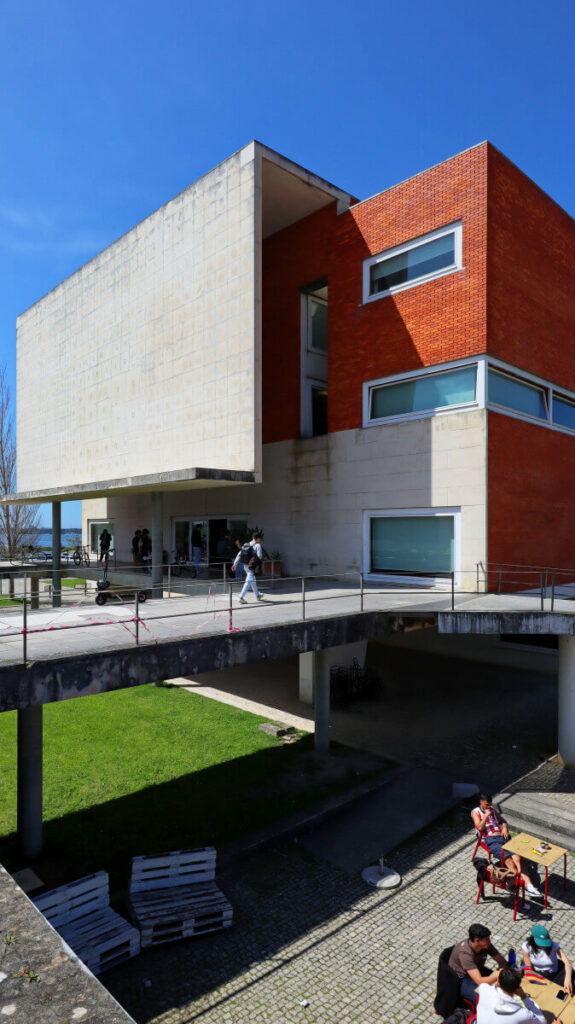
In addition to its aesthetic appeal, the incorporation of sustainable practices in the design of the University Library highlights a commitment to environmental stewardship. Features such as green roofs and energy-efficient systems are integrated into the architecture, making the building a model for future educational facilities.


Embracing Traditional Materials
A notable aspect of the campus architecture is the prevalent use of red bricks—a material choice uncommon in Portugal. This decision pays homage to the historic brick manufacturers located near Aveiro, whose factories you can spot while driving in the region. These materials add a layer of regional authenticity to the campus structures.
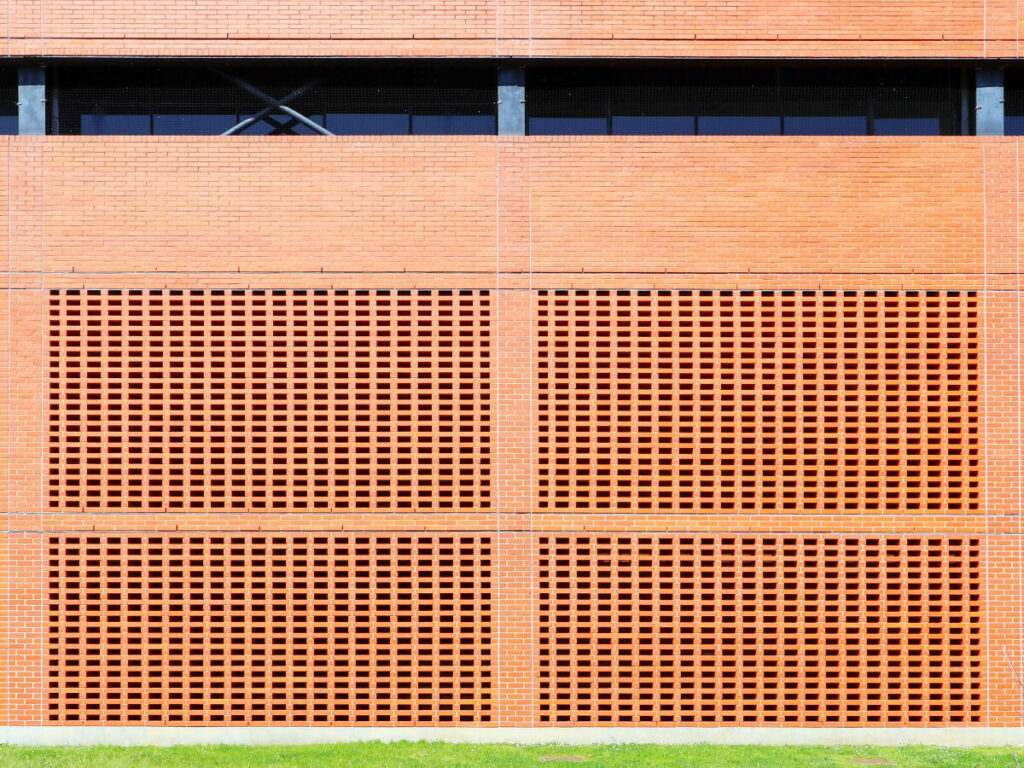
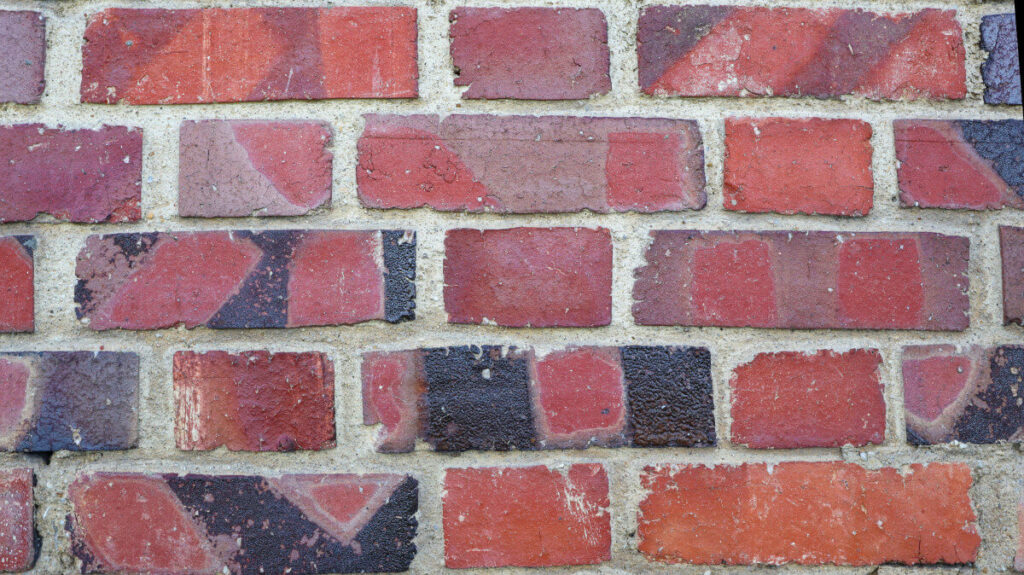




The student residences designed by Adalberto Dias are not just places to live; they are designed with community in mind. Each building includes shared spaces that promote social interaction among residents, facilitating a vibrant living-learning environment. This thoughtful design helps cultivate lifelong friendships and collaborative learning experiences.


Adalberto Dias’ Student Residences
Architect Adalberto Dias designed some of the student residences, which are characterized by their functional design and harmonious integration with the campus environment. The use of red brick continues here, maintaining visual continuity across the campus.
The Chancellor’s Office building is equally significant as it stands as a symbol of the university’s administrative commitment to fostering a supportive and forward-thinking educational environment. The collaboration between Gonçalo Byrne and Aires Mateus reflects a deep understanding of the needs of both students and faculty, ensuring that everyone feels welcome and inspired within its walls.

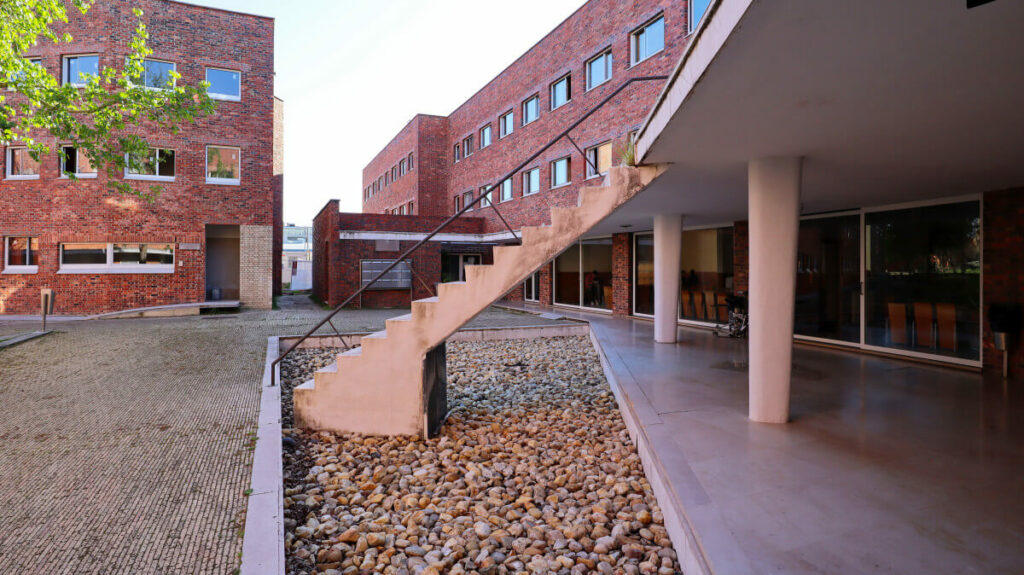


Chancellor’s Office by Gonçalo Byrne and Aires Mateus
The Chancellor’s Office, a collaborative effort between Gonçalo Byrne and Aires Mateus, exemplifies the modern architectural language that defines the University of Aveiro. The building’s design reflects a commitment to creating spaces that are both functional and aesthetically engaging.
Moreover, the University of Aveiro serves as a living exhibition of modern architecture not only through its buildings but also through the events and workshops held on campus. These activities often feature architects and designers who share their insights, providing students an opportunity to learn directly from industry leaders.
To further enrich the architectural experience, guided tours are available, where visitors can explore the campus while learning about the stories behind each structure. These tours are led by knowledgeable guides who can provide context and deeper understanding of the architectural choices made throughout the campus.
Ultimately, the University of Aveiro is more than just a place of learning—it’s a vibrant community that embraces the past while looking towards the future. As we continue to explore Portugal’s architectural landscape, it’s essential to appreciate how these spaces shape our experiences and foster connections among individuals.
In conclusion, I encourage everyone to visit the University of Aveiro to experience firsthand the beauty of modern architecture intertwined with cultural significance. As we celebrate these architectural marvels, we also celebrate the stories and lives they touch every day.

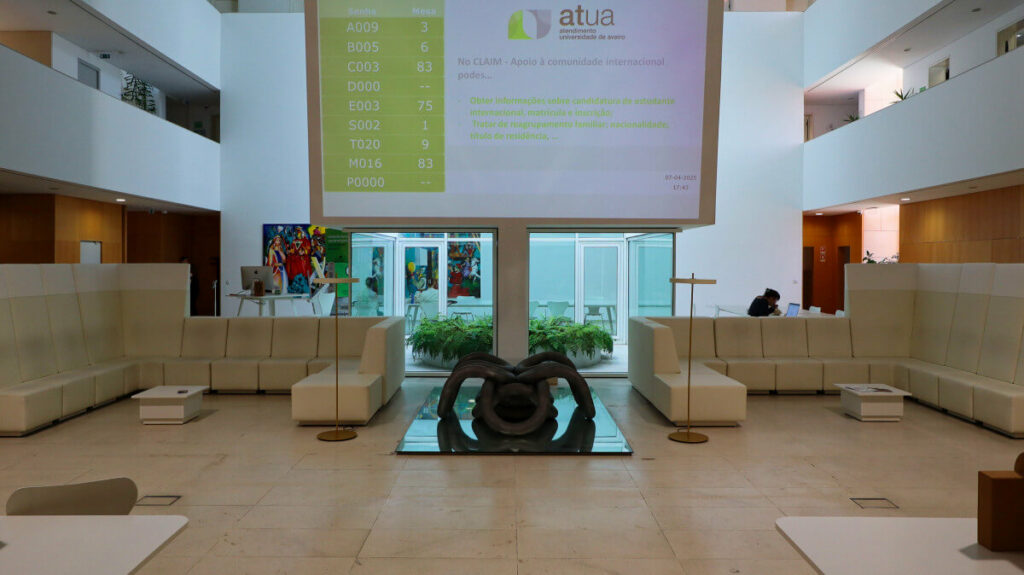


A Living Exhibition of Modern Architecture
The University of Aveiro serves as a living exhibition of contemporary Portuguese architecture. The campus’s cohesive design and the collaborative efforts of its architects have created an environment that is both inspiring and conducive to learning.
I look forward to sharing more insights into Portugal’s architectural marvels with you. Stay tuned for upcoming features on Portugal Modern.
Warm regards,
Ben
Dear Bom Sucesso Community,
I’m Ben — and I’m thrilled to welcome you to the very first blog post on Portugal Modern.
As we embark on this journey together, I want to highlight the unique characteristics of Portuguese modern architecture that captivated me. The blend of traditional elements with contemporary design creates a visual narrative that is both striking and meaningful. Each building tells a story, reflecting the rich cultural heritage of Portugal while embracing modernity.
This page exists because I fell in love with Portuguese modern architecture — right here in Bom Sucesso.
You’re the first group to get access to the website, and that’s no coincidence. Bom Sucesso is where this journey began for me, and it’s still at the heart of everything I want to share.
Portugal Modern – Architecture You Can See, Visit — or Call Home
During my travels, I visited several remarkable sites, such as the stunning Casa da Música in Porto, an iconic concert hall designed by Rem Koolhaas, which showcases the innovative spirit of modern architecture. Similarly, the MAAT museum in Lisbon presents a captivating blend of art and architecture, making it a must-visit for enthusiasts.
Over the last few years, I’ve been traveling across Portugal, exploring bold and beautiful examples of modern and postmodern architecture. The result is this site — a growing guide to Portugal’s contemporary architectural landscape.
It all starts here, with a deep dive into Bom Sucesso Resort — a place often described as “the largest living, permanent exhibition of private, contemporary architecture.”
Bom Sucesso Resort itself is a marvel, featuring diverse architectural styles and designs by some of Portugal’s leading architects. From minimalist structures to those with bold, geometric shapes, the resort is a living gallery of modern architecture, inviting visitors to appreciate the creativity and craftsmanship involved.
The site will also include interviews with architects, offering insights into their design philosophies and the challenges they face in their work. These narratives will enrich your understanding of the architectural process and the inspiration behind each project.
What You’ll Find on the Website
- Over 500 photos and 130 house plans from Bom Sucesso
- Links to books, publications, and original house designs
- A full directory of all houses in the resort — searchable, clickable, explorable
Additionally, we will explore sustainable architecture in Portugal, highlighting projects that prioritize environmental responsibility without compromising aesthetic appeal. This focus on sustainability is vital as we look towards the future of architecture.
This site is designed to grow, but Bom Sucesso is the beginning. Think of it as the first chapter in a story that expands across the country — from modernist university campuses to hidden villa neighborhoods and public spaces shaped by Portugal’s greatest architects.

3 Ways to Start Exploring
1. By Modern Architectural Ensembles
Portugal is home to remarkable modern architectural ensembles — from holiday resorts and villa neighborhoods to university campuses.
→ Click here: Modern Architectural Ensembles in Portugal

2. By Modern Architects
Browse by architect to see their work across the country.
→ Click here: Modern Architects from or Working in Portugal






3. Find Your House in Bom Sucesso
For those planning to visit, I will share tips on where to stay, places to eat, and local attractions to enhance your experience in Bom Sucesso and beyond. Portugal is rich in history and modern attractions alike, making it an extraordinary destination.
As we grow this platform, your contributions are invaluable. I encourage you to share your favorite architectural spots in Portugal, as well as any stories or experiences you’ve had related to modern architecture.
Our collective journey to discover and appreciate the beauty of modern architecture in Portugal is just beginning. I look forward to engaging with you, exploring unique designs, and celebrating creativity that inspires all of us.
Search the full list of houses in Bom Sucesso — and discover plans, photos, and architectural details.
→ Click here: Bom Sucesso Houses

A Note to New Visitors
If you’re reading this and you’re not from Bom Sucesso — welcome! This post was originally written for the local community, but the site is built for everyone with a love for modern architecture. Wherever you are in Portugal (or beyond), I hope you find inspiration here.
Feel free to share the site with friends, neighbors, or anyone who’s curious about Portugal’s contemporary design scene. And if you know something I don’t — or want to contribute photos, information, or stories — I’d love to hear from you.
Thanks for stopping by. Let’s explore together.